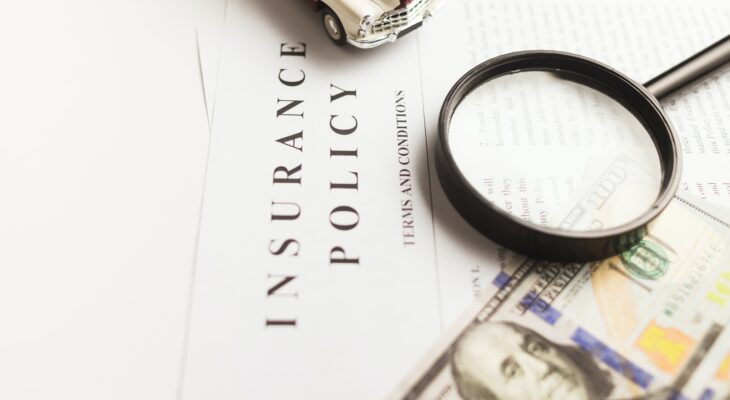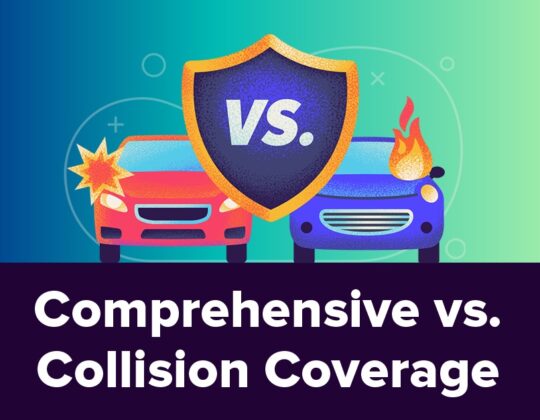In the hustle and bustle of daily life, driving has become an integral part of modern society. Whether commuting to work, running errands, or embarking on a road trip adventure, millions of people rely on their vehicles to get from point A to point B safely. However, with the privilege of driving comes the responsibility of ensuring adequate protection in the event of unforeseen circumstances. This is where car insurance plays a crucial role.
Car insurance is not just a legal requirement in many jurisdictions; it is also a vital financial safety net that can provide peace of mind and protection in the face of accidents, theft, or damage. Understanding the different types of coverage included in a standard car insurance policy is essential for every driver. Let’s delve into the specifics of what these coverages entail and why they matter.
- Liability Coverage: Liability coverage is the cornerstone of any car insurance policy. It provides financial protection in the event you are found legally responsible for causing bodily injury or property damage to others while operating your vehicle. This coverage typically includes two components: bodily injury liability and property damage liability. Bodily injury liability covers medical expenses, lost wages, and legal fees for the other party involved in an accident, while property damage liability covers the cost of repairing or replacing damaged property, such as vehicles or structures.
- Collision Coverage: Collision coverage is designed to pay for the repair or replacement of your vehicle if it is damaged in a collision with another vehicle or object, regardless of fault. This coverage is especially valuable for protecting your investment in your vehicle and ensuring that you can get back on the road quickly after an accident.
- Comprehensive Coverage: Comprehensive coverage provides protection against non-collision-related incidents, such as theft, vandalism, fire, or natural disasters. It covers the cost of repairing or replacing your vehicle if it is damaged or destroyed by covered perils. Comprehensive coverage is often required by lenders if you have a car loan or lease, but it is also valuable for all drivers seeking comprehensive protection against a wide range of risks.
- Uninsured/Underinsured Motorist Coverage: Despite legal requirements, some drivers may operate vehicles without insurance or with insufficient coverage. Uninsured/underinsured motorist coverage steps in to protect you in such scenarios. It provides coverage for bodily injury and, in some cases, property damage if you are involved in an accident caused by a driver who is uninsured or underinsured. This coverage ensures that you are not left financially vulnerable due to the actions of others.
- Medical Payments Coverage: Medical payments coverage, also known as MedPay, helps cover medical expenses for you and your passengers if injured in a car accident, regardless of fault. It can help pay for hospital bills, doctor’s visits, surgery, and other medical expenses resulting from an accident. Medical payments coverage can provide valuable financial support for medical costs not covered by health insurance, deductibles, or co-pays.
- Personal Injury Protection (PIP): Personal Injury Protection, commonly referred to as PIP, is similar to medical payments coverage but offers more extensive benefits. In addition to covering medical expenses, PIP may also provide compensation for lost wages, funeral expenses, and other related costs resulting from a car accident, regardless of fault. PIP is required in some states and optional in others, but it can provide valuable protection for you and your passengers in the event of an accident.
- Rental Reimbursement Coverage: Rental reimbursement coverage helps cover the cost of renting a vehicle while your car is being repaired or replaced due to a covered loss. If your car is in the shop for repairs following an accident, rental reimbursement coverage can ensure that you have access to a temporary replacement vehicle, allowing you to maintain your daily routine without interruption.
- Roadside Assistance/Towing Coverage: Roadside assistance and towing coverage provide peace of mind by offering emergency assistance services when you experience a breakdown or other roadside emergencies. Whether you need a jump start, a tire change, or towing services, this coverage ensures that help is just a phone call away, keeping you safe and mobile on the road.
- Gap Insurance: Gap insurance is designed to protect you if your car is totaled or stolen while you still owe more on your loan or lease than the car is worth. It covers the difference between the actual cash value of your car and the amount you still owe to the lender or leasing company. Gap insurance can be particularly valuable for new car owners or those with long-term financing arrangements, ensuring that you are not left with a financial shortfall in the event of a total loss.
- Customized/Additional Coverages: In addition to the standard coverages mentioned above, many insurance companies offer optional or customizable coverages to meet the unique needs of individual drivers. These may include coverage for specific aftermarket modifications, special equipment, rental car upgrades, or enhanced liability limits. Customizing your policy with additional coverages can provide tailored protection that aligns with your lifestyle, preferences, and driving habits.
In conclusion, a standard car insurance policy typically includes a range of essential coverages designed to protect you, your passengers, and your vehicle from various risks and liabilities on the road. While the specific coverages and limits may vary depending on your insurance provider and individual circumstances, understanding the basics of each coverage type can help you make informed decisions when selecting and managing your car insurance policy. By securing adequate coverage that meets your needs and budget, you can drive with confidence knowing that you are prepared for whatever the road may bring.










